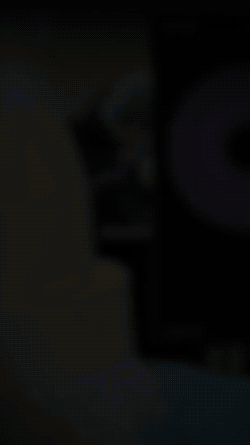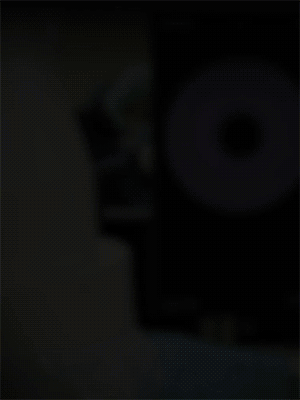

Radiation Awareness
Physicians are exposed to more radiation than any single patient will probably ever receive in their lifetime, and there is growing evidence that this has associated physical risks.

-
Brain
Increasing prevalence of left sided brain tumors (85%) in interventional physicians (n=31)
-
Eyes
>3.2X risk of accelerated lens opafication (cataracts) among interventional practitioners
-
Skin
Soft tissue cancers, hair loss, and skin mottling noticeable in non-dominant hand of MDs
-
Blood
Exacerbation of reactive oxygen species and blood-borne cancers
-
Lower Extremity
Revascularization procedures pose the greatest radiation risk in the hospital
Fluoroscopy vs. Lumivascular
Optical Coherence Tomography (OCT) is a radiation free technology allowing you to see inside the vessel and cross a chronic total occlusion or perform an atherectomy while potentially limiting the amount of radiation exposure from Fluoroscopy use.
| Crossing |
14 Min
fluoroscopy used |
0.24 Min
fluoroscopy used |
| Atherectomy |
21.2 Min
fluoroscopy used |
5.3 Min
fluoroscopy used |

Lumivascular Case Study: Radiation
- Tom Davis MD
- St. John Hospital
- Detroit, MI
Using Lumivascular Image Guided Therapy, Tom Davis MD of St. John Hospital in Detroit, Michigan was able to virtually eliminate the need for fluoroscopy while crossing chronic total occlusions
Case Details
| Patients | 16 |
| Lesion locations | SFA and Popliteal |
| Crossing success | 100% |
| Safety | 100% |
| Mean lesion length | 18.6cm |
| Mean fluoro time | 14.4 seconds |




